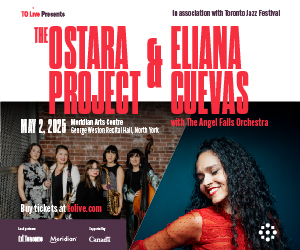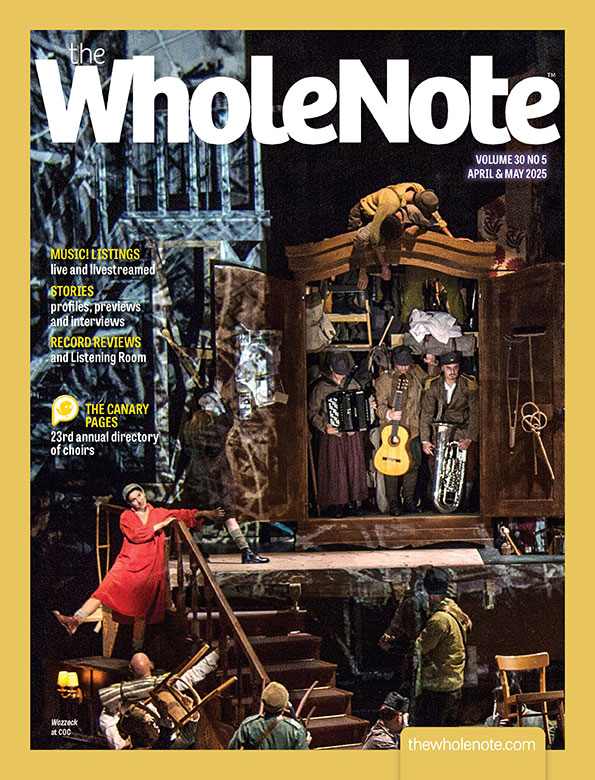Living composers quite often get invited, singly or in clusters, to the front of a concert hall to talk about a piece of music they have composed that is on the program of the concert in question. More often than not, this “pre-concert chat” or “illuminating introduction,” or whatever it is called, takes place 45 minutes to an hour before the performance itself and is supposed to end ten or 15 minutes before the concert starts in order to give audience members who showed up early to be enlightened time to dash out for a quick something or other.
Whether or not, on balance, I end up enjoying these pre-concert chats depends on three or four things.
On the negative side of the ledger, the thing I like least is when the interviewer/host “by way of introduction” starts out by parroting word for word from the concert program the stuff I already took the time to read (while the houselights were still bright enough to read by). Almost as bad is when the host avoids that trap and asks an interesting question, and the composer responds, word for word with what they wrote for the concert program. I say “almost as bad” because, if you think about it, being asked to talk about music you probably wrote because there were no words for the thing you wanted to express is not an enviable task.
On the positive side of the ledger, when the dialogue works out, when there’s a genuine rapport between host and guest, the reward for coming 45 minutes early is getting to eavesdrop on what sounds like a spontaneous conversation between two people who care deeply (and know more than I do) about something I am genuinely interested in.
I say “sounds like” a spontaneous conversation because I know a little bit about how much preparation it takes on the part of the host/interviewer to have a chance of achieving that kind of flow, especially when your guest composer, as often as not, equates sitting on a chair looking into bright lights with being at the dentist.
I particularly enjoy the pre-concert chats that Alexina Louie has hosted over the years for Esprit Orchestra. A composer herself, Louie more often than not manages to put her guest or guests at ease and to actually listen to what they say and respond to it, rather than spending the time while the guest’s gums flap checking the question she asked off her list and asterisking the next one.
This past Wednesday, for example, I played hooky from WholeNote production to make it to Koerner Hall in time for the pre-concert chat ahead of the opening concert of Esprit’s 36th season, only to discover that none of the composers programmed were in attendance. Two of them, Charles Ives and Tristan Keuris, being dead, had a good excuse; the third, Unsuk Chin, South Korean-born and Berlin-based, was likely otherwise engaged, having just been awarded the Marie-Josée Kravis Prize for New Music at the New York Philharmonic, a $200,000 commission. And (proof that lightning does strike twice) the fourth, US composer Missy Mazzoli, was also likely busy, having just been commissioned to write a full-length opera by the Met, based on George Saunders’ novel Lincoln in the Bardo.
What could, therefore, have turned into the kind of 35-minute recitation from the concert program notes that is the pre-concert format I dread most, turned instead into a delightful variation on the usual theme, with Esprit concertmaster Steven Sitarski, violin in hand, stepping in for a conversation (with his violin doing much of the talking), about the nuances and challenges, piece by piece, of the music we were about to hear.
It was eye- and ear-opening. And from it, entirely by chance, I came by the title for this month’s opener.
A warning: those of you expecting this editorial to turn erudite will be disappointed. I am no more equipped to use music to describe my word-driven brain than your typical composer is to use words to talk about their music. What the discussion of harmonics in that pre-concert chat gave me is a way to describe my greatest pleasure as editor of this magazine: reading through all the various bits and pieces it contains, most of them written, without knowledge on the part of the writers, of what else was being written for the issue, I find myself delighting in the way, over and over again, one thing happens to chime with another.
What to make, for example, of the fact that in two unrelated stories in the issue (I won’t tell you which two) a composer is asked how they compose? Mahler answers the question with a question: “How do you make a trumpet? Hammer brass around a hole.” And American world-music pioneer Adam Rudolph is quoted as saying “Shoot the arrow and then paint a bullseye around it.” I will dine out on those two for years!
Or what to make of the fact that, having scurried out to the Esprit concert this past Wednesday having just sent this month’s cover to the printer, I should discover (from the program I could still read because the houselights were up), that Kris Maddigan, subject of this month’s cover story, was toiling (almost invisibly) as third percussionist in the orchestra for the concert. Such is the life of the working musician.
The great joy of a magazine like this, anchored as it is in the life of a functioning musical community, is that you can paint bullseyes around almost any topic of your choosing and find resonances. Four different stories about the role of music in community-building and the ways in which community, once built enables music and art to morph and change. Stories about reaching audiences – “60 million streams” or “thousands of gamers” – and bringing those audiences to music they might otherwise not have found. Stories about artists in different disciplines reaching out and finding each other and making living works of art that alone they could not have.
Best of all, these are just the words about the music. This is just the pre-concert chat, and it’s over in time for you to dash out for a quick something or other. Let the music begin!
publisher@thewholenote.com




